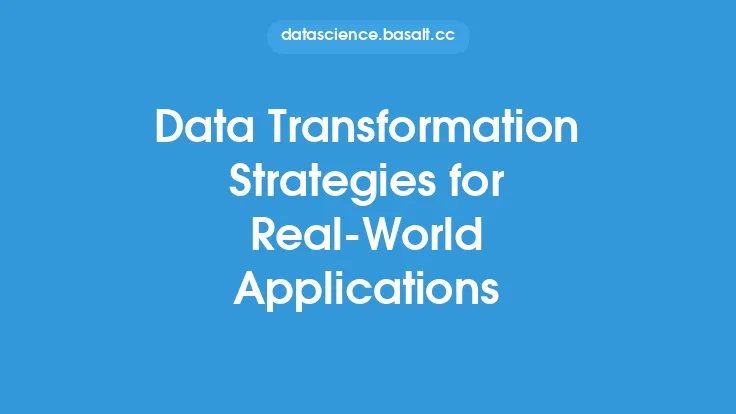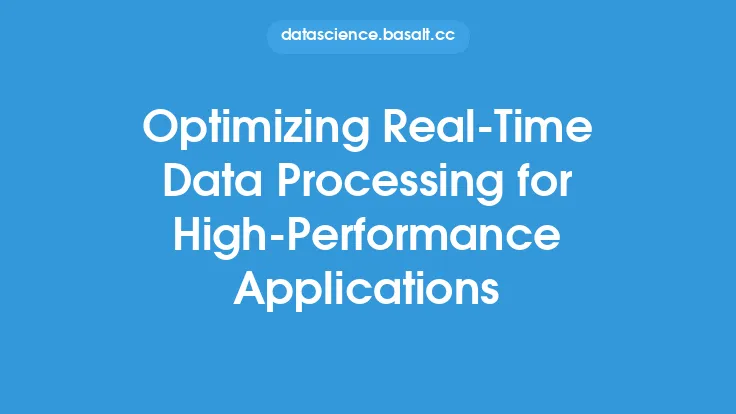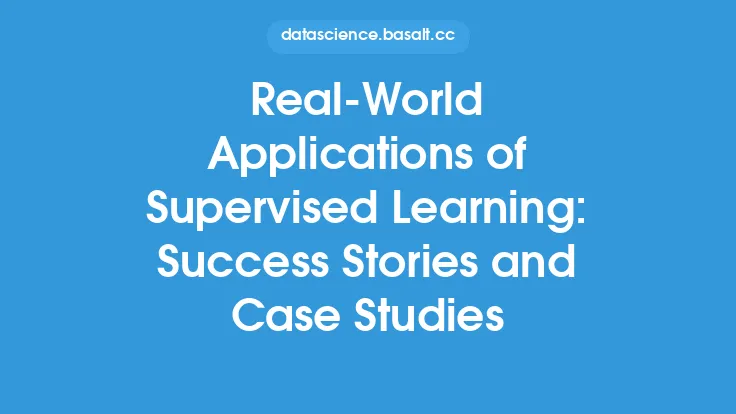Experimental design is a crucial aspect of statistics, as it enables researchers to establish cause-and-effect relationships between variables and make informed decisions based on data-driven insights. In real-world applications, experimental design plays a vital role in various fields, including medicine, social sciences, engineering, and business. The primary goal of experimental design is to ensure that the experiment is conducted in a way that minimizes bias, maximizes precision, and provides reliable results.
Introduction to Experimental Design Principles
Experimental design principles are based on statistical theory and are used to guide the design of experiments. These principles include replication, randomization, blocking, and control. Replication involves repeating the experiment multiple times to ensure that the results are reliable and consistent. Randomization involves randomly assigning participants or units to different treatment groups to minimize bias and ensure that the groups are comparable. Blocking involves grouping participants or units into blocks based on similar characteristics to reduce variability and increase precision. Control involves including a control group in the experiment to provide a baseline for comparison.
Types of Experimental Designs
There are several types of experimental designs, each with its own strengths and weaknesses. The most common types of experimental designs include completely randomized designs, randomized block designs, and Latin square designs. Completely randomized designs involve randomly assigning participants or units to different treatment groups. Randomized block designs involve grouping participants or units into blocks based on similar characteristics and then randomly assigning them to different treatment groups. Latin square designs involve arranging the treatment groups in a Latin square pattern to minimize variability and increase precision.
Statistical Analysis of Experimental Data
The statistical analysis of experimental data involves using various techniques to analyze the data and draw conclusions. The most common statistical techniques used in experimental design include analysis of variance (ANOVA), regression analysis, and hypothesis testing. ANOVA is used to compare the means of different treatment groups and determine if there are any significant differences. Regression analysis is used to model the relationship between the independent variable and the dependent variable. Hypothesis testing is used to test specific hypotheses about the data and determine if the results are statistically significant.
Experimental Design for Real-World Applications
Experimental design has numerous real-world applications, including medicine, social sciences, engineering, and business. In medicine, experimental design is used to evaluate the effectiveness of new treatments and medications. In social sciences, experimental design is used to study human behavior and evaluate the impact of different policies and interventions. In engineering, experimental design is used to optimize the design of products and systems. In business, experimental design is used to evaluate the effectiveness of different marketing strategies and optimize business processes.
Challenges and Limitations of Experimental Design
Despite its importance, experimental design is not without its challenges and limitations. One of the major challenges of experimental design is ensuring that the experiment is conducted in a way that minimizes bias and maximizes precision. This can be difficult, especially in real-world applications where there may be many variables that cannot be controlled. Another challenge of experimental design is ensuring that the results are generalizable to the population of interest. This can be difficult, especially if the sample size is small or the population is heterogeneous.
Best Practices for Experimental Design
To ensure that experimental design is effective, there are several best practices that should be followed. These include clearly defining the research question and objectives, selecting the appropriate experimental design, ensuring that the sample size is adequate, using randomization and blocking to minimize bias, and using statistical techniques to analyze the data. Additionally, it is essential to consider the ethical implications of the experiment and ensure that it is conducted in a way that is respectful and safe for all participants.
Future Directions for Experimental Design
The field of experimental design is constantly evolving, and there are several future directions that are worth noting. One of the most significant future directions is the use of advanced statistical techniques, such as machine learning and artificial intelligence, to analyze experimental data. Another future direction is the use of experimental design in emerging fields, such as data science and analytics. Additionally, there is a growing interest in using experimental design to evaluate the effectiveness of different policies and interventions, especially in the social sciences.
Conclusion
In conclusion, experimental design is a crucial aspect of statistics that plays a vital role in various fields, including medicine, social sciences, engineering, and business. By understanding the principles of experimental design, including replication, randomization, blocking, and control, researchers can ensure that their experiments are conducted in a way that minimizes bias, maximizes precision, and provides reliable results. Additionally, by using various statistical techniques, such as ANOVA, regression analysis, and hypothesis testing, researchers can analyze their data and draw conclusions. While there are challenges and limitations to experimental design, following best practices and considering future directions can help to ensure that experimental design is effective and informative.





